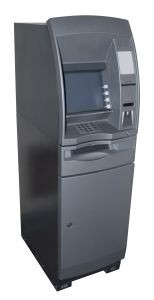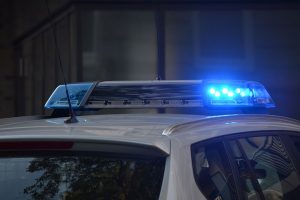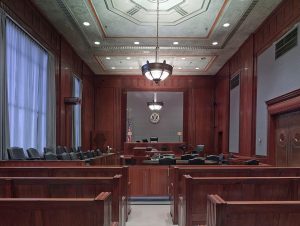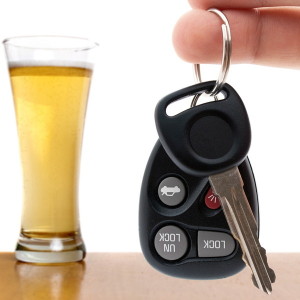 The Baltimore City State’s Attorney was indicted last week by a federal grand jury on two counts of mortgage fraud and two counts of perjury, and will now be forced to see the criminal justice system from the opposite side for the time being. The indictment comes just a few months before the primary election, which in Baltimore City decides who will sit as acting State’s Attorney for the next four years. The City’s top prosecutor has shown no signs of stepping down and through her attorney has vigorously denied the allegations. Anyone looking for a quick resolution to this matter may be in luck, as the defense is attempting to move the case along as quickly as possible. Numerous Baltimore City public officials have been prosecuted by the U.S. Attorney’s Office over the past decade, including two mayors, dozens of police and correctional officers and other local politicians. This particular case was investigated by the FBI and the criminal investigations unit of the IRS, and while the allegations certainly seem serious, a conviction for any criminal activity is far from a foregone conclusion.
The Baltimore City State’s Attorney was indicted last week by a federal grand jury on two counts of mortgage fraud and two counts of perjury, and will now be forced to see the criminal justice system from the opposite side for the time being. The indictment comes just a few months before the primary election, which in Baltimore City decides who will sit as acting State’s Attorney for the next four years. The City’s top prosecutor has shown no signs of stepping down and through her attorney has vigorously denied the allegations. Anyone looking for a quick resolution to this matter may be in luck, as the defense is attempting to move the case along as quickly as possible. Numerous Baltimore City public officials have been prosecuted by the U.S. Attorney’s Office over the past decade, including two mayors, dozens of police and correctional officers and other local politicians. This particular case was investigated by the FBI and the criminal investigations unit of the IRS, and while the allegations certainly seem serious, a conviction for any criminal activity is far from a foregone conclusion.
The city prosecutor has been under investigation since at least spring of 2021, though the details released back in March only informed the public that a federal grand jury subpoenaed her campaign and bank records. It is unclear at this point whether this indictment ended that investigation, or whether the feds are waiting to present additional charges to a grand jury. The indictment accuses the prosecutor of perjury by lying on an application and unlawfully withdrawing funds from a Deferred Compensation Plan designed to help those who had experienced financial hardship due to the impact of COVID-19. Federal prosecutors pointed out that the prosecutor did not experience financial hardship, and that her salary as State’s Attorney actually increased during the pandemic. The prosecutor’s lawyers responded to these claims stating that she sustained financial losses to businesses unrelated to her public position. In other words, her salary increased, but she suffered enough losses in her other business ventures to justify applying for the pandemic aid.
The mortgage fraud charges are slightly more complicated, and are related to two homes the prosecutor and her husband purchased in Florida. The feds are arguing that when applying for mortgages she failed to disclose a lien that was placed on a property belonging to her husband as a result of $45k in overdue taxes. There is another allegation that the prosecutor made a false assertion on a mortgage application. The government is alleging she failed to disclose an agreement with a vacation home management company in order to secure a lower rate. Defense lawyers for the prosecutor have asserted the prosecutor did not knowingly omit the tax lien, and that the notices sent by the IRS were not received.
 Criminal Defense Lawyer Blog
Criminal Defense Lawyer Blog









